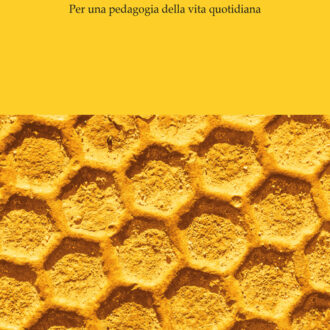ABSTRACT
Moderato cantabile, publié en 1958, retient encore l’attention du lecteur, constamment sollicité à suivre un parcours inférentiel de lecture par une structure narrative elliptique. L’auteure maintient un déséquilibre épistémique entre les narrateurs, dépourvus de toute autorité d’authentification, et le lecteur, souvent appelé à remplir les vides textuels. Plusieurs instances narratives, semblant se soustraire à leur contrat de narration conventionnel, s’alternent dans la narration d’histoires ébauchées, reliées entre elles par un fil rouge d’étranges analogies. Il en résulte un univers fictionnel toujours entamé et toujours fuyant, attaqué par les affirmations contradictoires de ceux qui en font la narration, affaibli par les procédés de dissimulation (de détournement et de déguisement) où peut s’introduire l’imagination créatrice du lecteur. Par ce biais, le texte met en scène une représentation de la théorie sur le roman en même temps qu’une critique du roman réaliste traditionnel.
Moderato cantabile, published in 1958, still engages the reader, constantly urged to follow an inferential reading path due to an elliptical narrative structure. The author maintains an epistemic imbalance between the storytellers, devoid of any authentication authority, and the reader, often challenged to fill the voids of the text. Various narrative instances, which seem to escape their conventional narrative contract, alternate in the narration of sketched stories, linked by a common thread of strange analogies. The result is a fictional universe always initiated and always elusive, damaged by the contradictory statements of those who tell the narrative, weakened by the process of dissimulation (of diversion and of disguise) wherein the creative imagination of the reader can penetrate. This way, the text sets up a representation of the theory of the novel and, at the same time, a defiance of the traditional realist novel.












Recensioni
Ancora non ci sono recensioni.